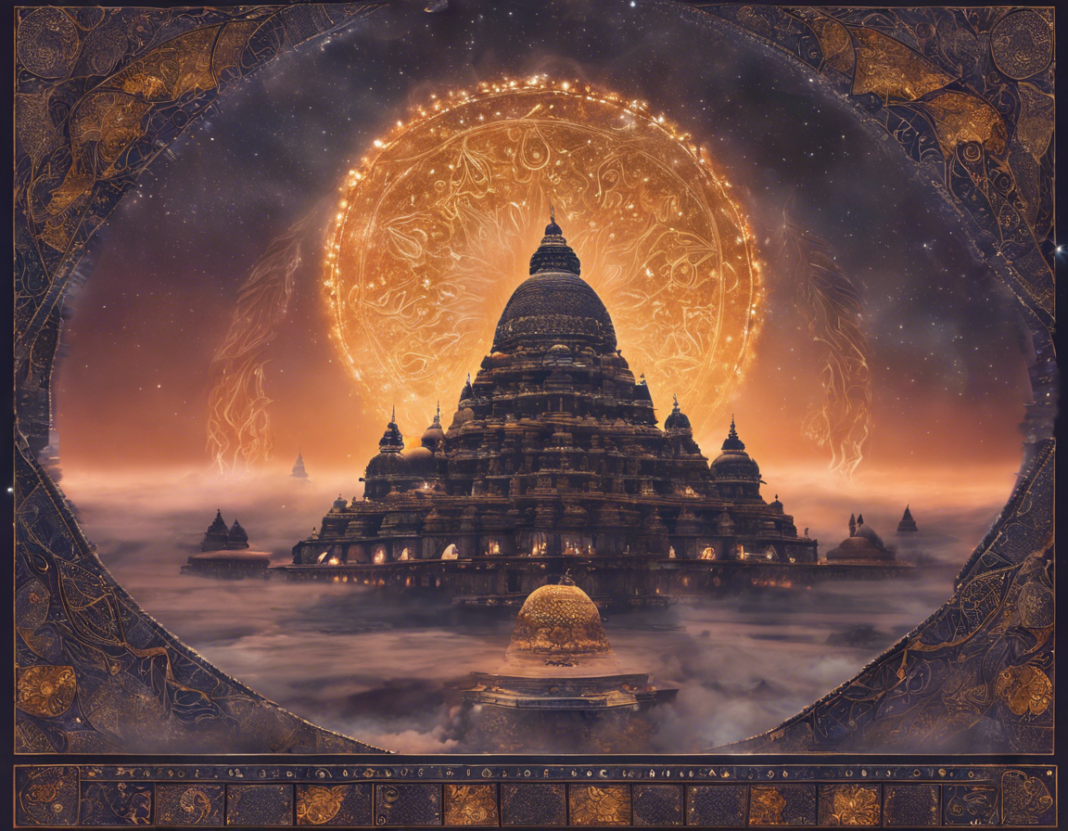In the realm of Hindu lunisolar calendars, the dark moon day known as Amavasya holds significant spiritual and astronomical importance. Falling on the 29th day of the lunar cycle, Amavasya marks the absence of the moon in the night sky. The word ‘Amavasya’ is derived from ‘Ama,’ which means ‘together’ or ‘united,’ and ‘Vasya,’ which means ‘to reside’ or ‘to remain.’ This union signifies the alignment of the sun and moon, a period of cosmic harmony conducive to introspection and spiritual practices.
The Significance of Amavasya
Amavasya is considered a propitious time for connecting with one’s inner self and seeking spiritual growth. It is believed that during Amavasya, the positive and negative energies are balanced, making it an auspicious time for meditation, reflection, and performing rituals to honor ancestors. Additionally, in Hindu mythology, many significant events are said to have taken place on this day, adding to its sacredness.
Rituals and Observances
-
Tarpan: One of the most common rituals performed on Amavasya is Tarpan, an offering made to ancestors by pouring water mixed with sesame seeds and barley.
-
Fasting: Many people observe a fast on Amavasya to purify the mind and body. It is believed to help in introspection and self-discipline.
-
Charity: Giving to those in need is highly encouraged on Amavasya. It is believed that acts of charity during this period can bring blessings and positive energy.
-
Pitru Paksha: In the month of Bhadrapada, a fortnight dedicated to honoring departed ancestors known as Pitru Paksha precedes Mahalaya Amavasya. The last day of Pitru Paksha is considered very auspicious for performing rituals and offering prayers.
Significance Across Different Cultures
The observance of Amavasya transcends geographical and cultural boundaries. In India, various regions celebrate this day with unique customs and rituals:
-
Mahalaya Amavasya: In Bengal, Mahalaya Amavasya heralds the beginning of Devi Paksha and marks the start of Durga Puja festivities.
-
Diwali Amavasya: In many parts of India, Amavasya is the day before Diwali, a significant festival celebrated with lights, prayers, and fireworks.
-
Thai Amavasai: In the Tamil culture, Thai Amavasai is observed with special prayers and rituals dedicated to ancestors.
The Astronomical Perspective
From an astronomical standpoint, Amavasya occurs when the moon is located between the Earth and the Sun, with its dark side facing the Earth. This alignment results in the absence of the moon’s visible illumination, creating a moment of serene darkness in the night sky. The presence of the moon is crucial in shaping tides, agricultural cycles, and human emotions, making its absence on Amavasya a unique celestial phenomenon.
FAQs about Amavasya Observance
-
Is it advisable to start new endeavors on Amavasya?
Starting new ventures on Amavasya is not recommended as it is considered an inauspicious time. It is better to wait for the waxing phase of the moon for auspicious beginnings. -
Can women perform rituals on Amavasya?
Women can participate in Amavasya rituals like Tarpan and fasting. There are no gender-specific restrictions on observing this day. -
How long does Amavasya last?
Amavasya typically lasts for one day, marking the 29th day of the lunar cycle. However, the effects and significance of the day can be felt in the preceding and succeeding days as well. -
Are there specific mantras to chant on Amavasya?
While there are no specific mantras prescribed for Amavasya, chanting prayers dedicated to ancestors or performing meditation can enhance the spiritual experience of the day. -
Can non-Hindus observe Amavasya?
The spiritual significance of Amavasya extends beyond religious boundaries, and people of all faiths can observe this day for introspection, meditation, and connecting with higher consciousness.
In conclusion, Amavasya is not just the absence of the moon in the night sky; it is a profound moment of cosmic alignment and spiritual significance. Embracing the darkness of Amavasya can lead to inner illumination, introspection, and a deeper connection with the universe. By honoring traditions, performing rituals, and engaging in spiritual practices on Amavasya, one can tap into the profound energy of this lunar phase and embark on a journey of self-discovery and transcendence.
